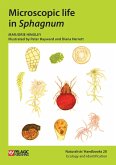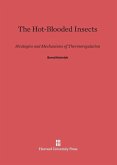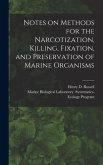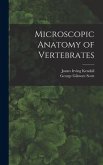This study describes 656 species of bacteria, protists, and micro-metazoa occurring in the Simmelried, a three hectare-sized moorland near to the town of Constance, southern Germany. Each species is shown by an average of two colour micrographs. Further, the surface organization of most main groups and many ciliate species is demonstrated by scanning electron micrographs. The Simmelried formed after the last (Würm) ice-age, that is, about 15,000 years ago, when a regressing glacier tongue produced a terrain with water-filled depressions between streamlined boulder depositions. The investigations indicate that the 656 species documented represent only two thirds of the taxa actually present. Thus, a considerable diversity accumulated over 15,000 years, emphasizing the great distribution capacity of micro-organisms. On the other hand, some common species are lacking (e. g., the ciliate Colpidium colpoda, the euglenid Phacus pleuronectes, and rotifers of the genera Proales and Floscularia) and many undescribed species were discovered. While a mass of undescribed species is comprehensible in amoebas, flagellates and ciliates, which are poorly researched, this is surprising in well-known groups, such as euglenids and chrysophytes. Thus, we must face the possibility that some of the undescribed species are regional or local endemics. The high species richness, including many undescribed species, suggests the Simmelried as a regional biodiversity centre worth to be protected by law.








